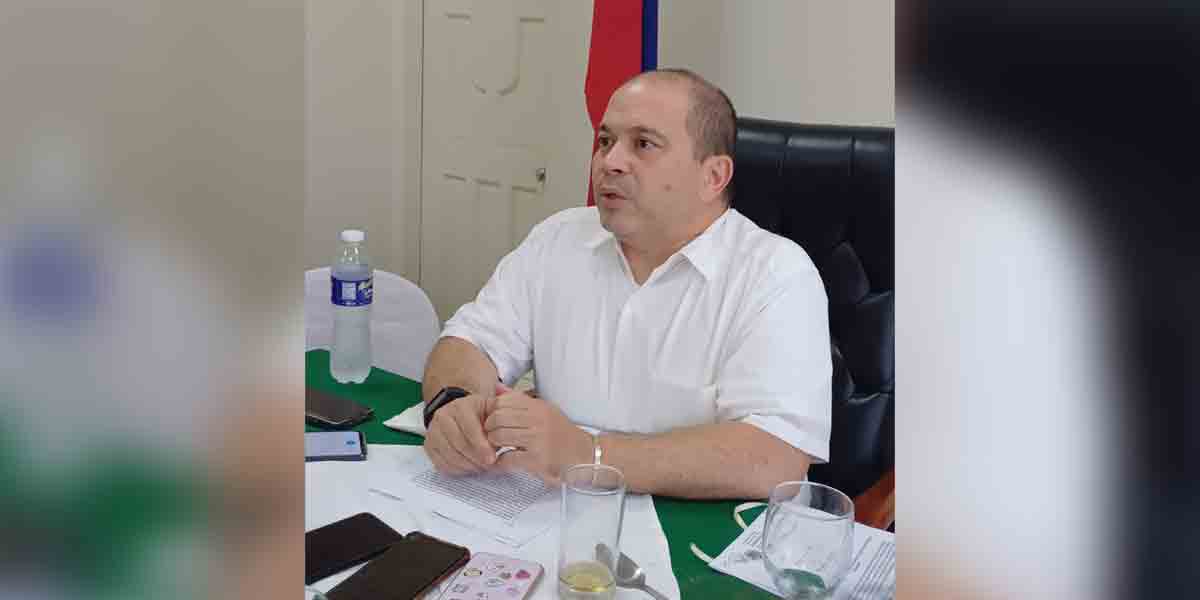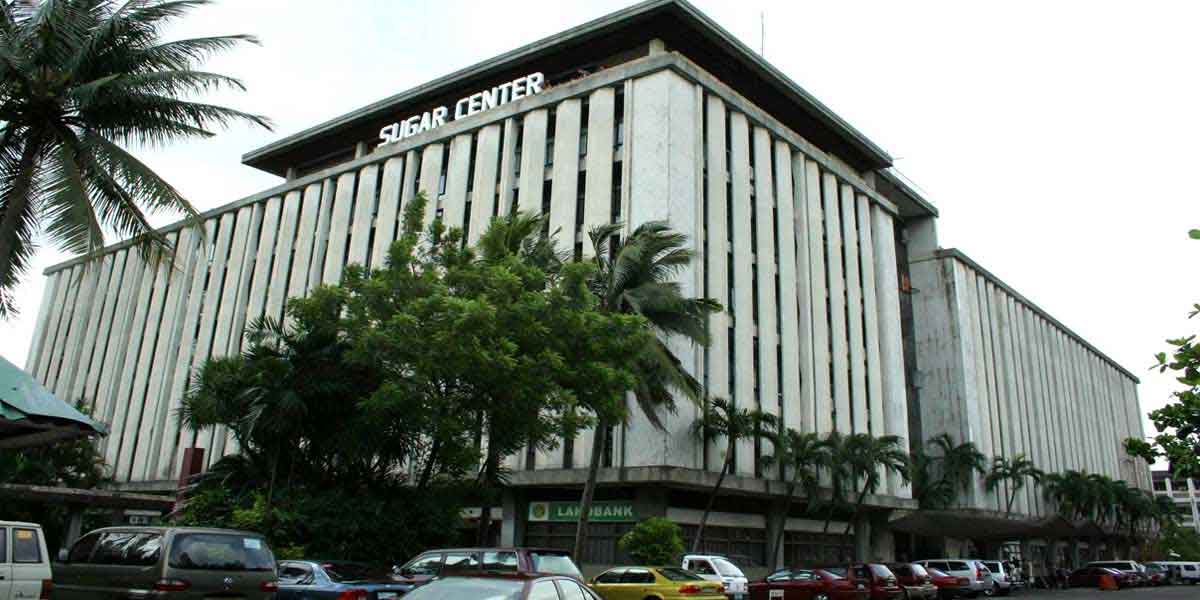 By: Engr. Edgar Mana-ay
By: Engr. Edgar Mana-ay
DESPITE energy diversification like the fuel mix for our electric power plants (55% coal, 17% LNG from Malampaya, 16% geothermal, 12% from other energy sources), the country still needs to import our other energy requirements.
This includes crude oil which is processed at our refinery into finished petroleum products such as gasoline and diesel for our moving equipment (cars, jeeps, buses, airplanes, trains and local ships). The importation of these petroleum products amounted to $5.2 billion in 2018 or roughly P275 BILLION per year or P7.5 billion PER DAY!
Certainly, we can achieve energy self-sufficiency for our electric power plants but never for our liquid fuel needs unless we can discover more crude oil deposits in our country, whether on land or offshore as in the Reed or Recto Bank.
Crude and finished petroleum products coming from the Middle East, Malaysia, Europe and the U.S. are delivered to Petron or Shell refineries and other large storage terminals like Caltex by giant cargo ships called tankers.
These behemoth oil carriers technically termed as VLCC (Very Large Crude Carrier) when the ship length is up to 330 meters long and ULCC (Ultra Large Crude Carrier) when the length is above 330 meters, sometimes up to 450 meters (imagine a ship almost half a kilometer long so that the crew has a service bicycle).
Because of these very large oil carrier, transportation cost of petroleum products we received from other countries is very minimal, adding only about P1 to P2 for every gallon or 4 liters petroleum product being transshipped!
The past three weeks shows the perils on oil tanker movement in and out of the Persian Gulf where a THIRD of the world’s oil and gas passes. All of these problems started in May 2018 when President Donald Trump unilaterally withdrew the U.S. from a landmark 2015 deal (Obama’s imprint) putting curbs on Iran’s nuclear program in exchange for sanction relief.
The U.S. administration re-imposed tough sanctions on Iran which retaliated by increasing enrichment of uranium beyond the limits set by the nuclear accord. Iran also started the harassment of oil tankers going in and out of the Persian Gulf passing thru the very narrow Hormuz Strait.
Countries bordering the Persian Gulf – Saudi Arabia, Kuwait, Oman (an Iran ally) on one side and Iran on the opposite side – contribute heavily to the movement of petroleum products in and out of the Persian Gulf.
The Strait of Hormuz provides the only passage from the Persian Gulf to the open ocean and is one of the world’s most important chokepoint. The strait is 167 km. long with a width varying from 96 to the narrowest of 37 km. One-third of the world’s LPG (liquefied petroleum gas) and 20% of total oil consumption passes through the strait. It is the country of Iran straddling on the narrowest opening on one side and its ally, the country of Oman on the opposite side, hence both have the tactical advantage of harassing oil and gas tankers.
It is a common practice for oil tanker owners to register its vessels in other countries. The ships will, therefore, carry the flag of the country where it was registered. It benefits both the owner because of added protection/world influence and the country because of taxes.
Last week, a Swedish owned oil tanker flying a British flag, the Stena Imperio, was detained by the Iranian Revolutionary guards while traversing the narrow point in the Hormuz Strait. A British warship, the HMS Montrose tried to intervene. Still, the Iranian speed boats towed Stena Imperio towards the Iranian port of Bandar Abbas. As usual, 90 percent of all international ships have many Filipino crew and we are lucky that the Stena Imperio only has one, but even then, this will still be a problem for our Foreign Affairs department.
The very dangerous chessboard game between the U.S.-led coalition versus Iran will continue and it is the world oil tanker business, hence the world petroleum industry, that will be most affected. History of oil prices shows that just a slight upheaval in the world’s petroleum industry always results in a sudden spike in oil prices worldwide and it is us, the oil starved and importing countries, which suffer the most. It is just like if the world oil industry has a simple cough, the Philippine energy sector suffers severe pneumonia!
In view of this, we cannot overemphasize the urgent need to start NOW the oil and gas exploitation in the Recto Bank. There is tremendous crude oil deposit aside from liquified natural gas (LNG) at Recto Bank, triple that of Malampaya where the gas deposit will be exhausted in four years. We have to reduce the bleeding of P7.5 billion A DAY for the importation of crude and finish petroleum product if we want to lighten the economic sufferings of our people.
In the recent SONA of Pres. Duterte, he reiterated our ownership of the Recto Bank but is still hesitant to order a full swing exploration and drilling work for the reason that it might result in a war with China. This is a very stupid and simplistic theory which any expert on international law and relations like Supreme Court Justice Carpio will debunk.
Bullying by China has its limits because it cannot afford to be a pariah in the international community. It knows that it can be sanctioned like Iran and that will cripple its export economy, hence will exact a heavy toll on its nearly 2 billion people. China is wiser than the ideology-driven and radicalized Iran and therefore we should call the bluff of China by starting drilling at Recto Bank NOW.




















